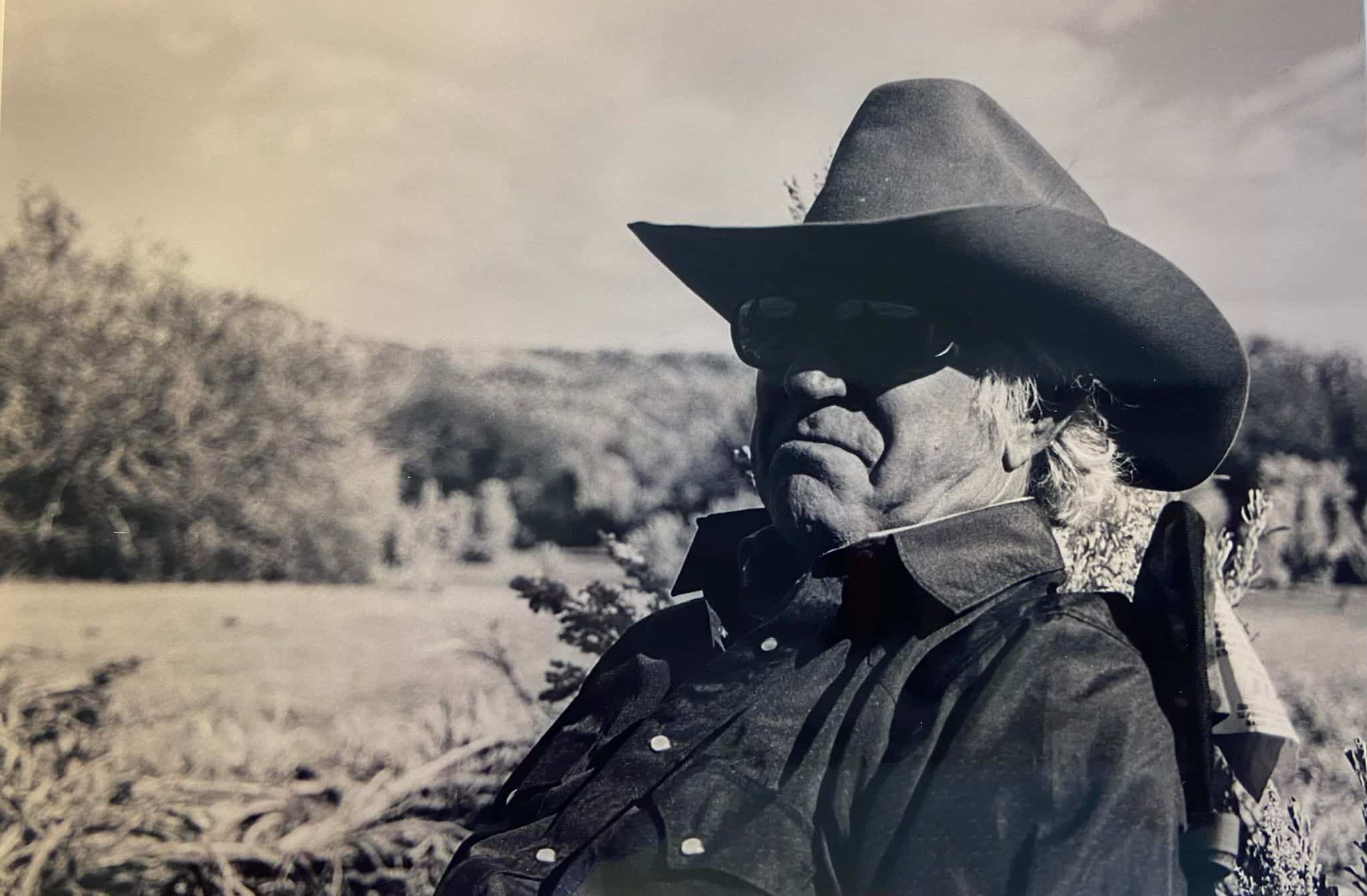Illinois Slaughterhouse Rebuilding
Construction is under way on a new horse slaughtering facility in DeKalb, Ill. to replace a plant that burned to the ground March 31, 2002. Plans call for construction to be completed some time in December.
The capacity of the new facility will be 100 horses per day, the same as the destroyed plant, says James Tucker, comptroller for Belgian-owned Cavel International (which owns and will
- Topics: Article
Construction is under way on a new horse slaughtering facility in DeKalb, Ill. to replace a plant that burned to the ground March 31, 2002. Plans call for construction to be completed some time in December.
The capacity of the new facility will be 100 horses per day, the same as the destroyed plant, says James Tucker, comptroller for Belgian-owned Cavel International (which owns and will operate the plant). Tucker said the new plant will have pens for “very short” duration holding of horses which arrive for slaughter. The new plant will employ about 40 people, and is located in an industrial park on the south side of the city. Meat from the slaughtered horses will be shipped to markets in Europe.
When completed, the plant will bring the number of horse slaughtering facilities in the United States to three. The other two are in the Dallas-Fort Worth, Texas, area. Their fate, at the moment, rests with the judicial system. The Texas Attorney General’s office has filed a lawsuit declaring that the slaughterhouses are operating in defiance of state law. The case has been taken under advisement by a judge.
The fire that destroyed the Cavel plant in Illinois 17 months ago remains unsolved, says Tucker. While no cause has been determined by either the DeKalb Fire Department or the U.S. Bureau of Alcohol, Tobacco and Firearms, nothing has been ruled out. The old building, Tucker said, was constructed of metal. The new facility will be of concrete block construction. A Cavel horse slaughtering facility in Oregon was leveled by fire in 1998 and has not been rebuilt. The cause of that fire was not determined either
Create a free account with TheHorse.com to view this content.
TheHorse.com is home to thousands of free articles about horse health care. In order to access some of our exclusive free content, you must be signed into TheHorse.com.
Start your free account today!
Already have an account?
and continue reading.

Written by:
Les Sellnow
Related Articles
Stay on top of the most recent Horse Health news with












